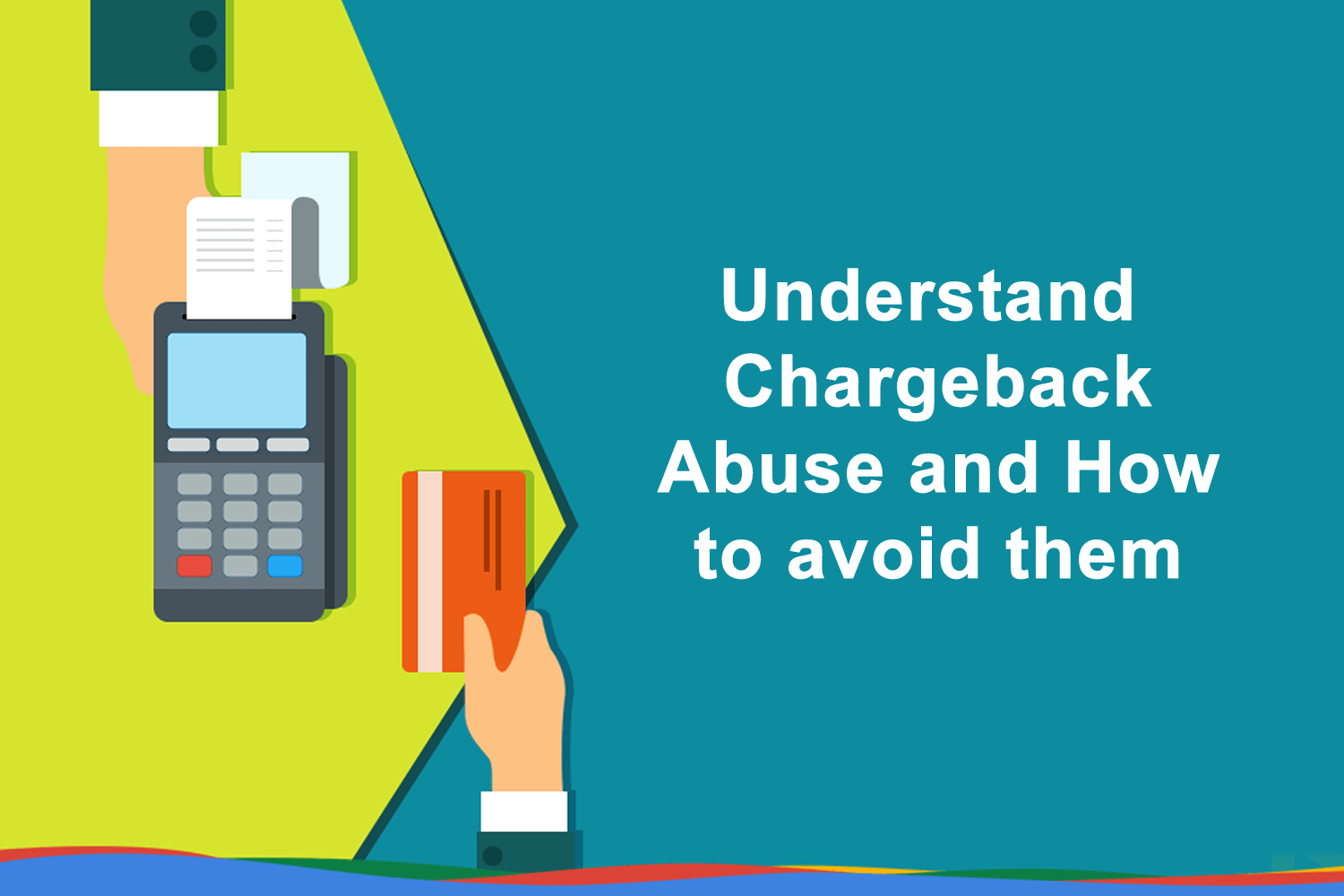
- Chargebacks happen when a cardholder asks their bank to reverse a credit card charge they’ve made.
- When a chargeback is filed, a fee between $20 and $100 is deducted from the merchant’s account.
- To avoid chargebacks, be clear about product and service descriptions, have understandable refund policies, well-outlined shipping expectations, and great customer service.
Companies work hard trying to give customers what they want while still being able to profit. Large companies such as Amazon and Walmart offer free shipping and returns that consumers now expect from retailers. In a survey, Shopify found that 80% of consumers expect free returns, and if they were charged a restocking fee, 71% would not purchase from that retailer again.
As consumer expectations and instant gratification becomes commonplace, e-commerce businesses must also adapt. unsatisfied customers initiating chargebacks, will hurt your business, causing higher rates or your account being dropped by your processor.
A chargeback differs from a refund; a refund is when money is returned directly from the merchant, a chargeback is handled by the card issuer.
Customers can request a chargeback for many reasons. These are some of the most common:
- Customer not receiving the product or service
- Description of the product or service was not accurate
- Product being damaged or lost during shipping
- Recurring billing was not canceled as requested
- Issue with duplicate billing
- A technical error
- Fraud
Some of the above scenarios such as products that are lost or damaged during shipping, may happen outside of your business control, however issues such as billing errors can and should be prevented by adopting good business practices.
Co-founder and chief operating officer of Chargebacks911, Monica Eaton-Cardone, said that credit card chargebacks are a real financial threat to merchants, and getting chargeback claims often can ruin a business’s reputation with banks.
Eaton-Cardone told business.com. “Banks gauge a merchant’s risk and reliability on the number of chargebacks they receive… Multiple chargebacks on a regular basis can lead to even greater merchant challenges down the road. Merchants are essentially ‘guilty until proven innocent.’ Chargeback fees and reimbursements are deducted from the merchant’s account automatically – no questions asked.”
Payments product manager at TableSafe, Nydelis Ortiz-Rivera, said that if a business wants to counter a cardholder’s chargeback claim, it has a short amount of time to get the information needed to submit a defense claim.
“The issuer will then review all documentation and determine who is liable for the transaction,” said Ortiz-Rivera. “If the merchant wins the dispute, then the liability either falls on the cardholder, the issuer or the acquirer to pay for the transaction in question, depending on the nature of the dispute and the supporting documentation. If the merchant loses the dispute, they are liable for returning the funds to the cardholder.”
The consequences and costs of chargebacks
A chargeback claim is never good and if left uncorrected, the consequences can be detrimental to your business. It will cost and damage to your business’s reputation.
Losing your revenue
Obviously, lost revenue is a consequence of a chargeback. Even in the case of winning a merchant dispute, a nonrefundable fee, ranging from $20 to $100 per chargeback, will be charged from the merchant account for every chargeback filed. In addition, the merchant will most likely be liable for paying the shipping cost and returning payment to the cardholder.
Tarnishing merchant reputation
Chargeback claims are never good and even winning a chargeback dispute reflects poorly on your company. If charged back multiple times, you are put on a monitoring program, which gets even more costly.
Eaton-Cardone said “Chargeback monitoring requires the payment of another ongoing fee… Certain merchants might receive a grace period before becoming fee-eligible, but high-risk merchants are usually hit with fees as soon as they enter the program.Businesses in a chargeback monitoring program are also subject to periodic reviews of their mitigation plan – yet another fee.”
Merchants with continuing chargeback rates can be charged higher processing fees or have their accounts frozen. Merchants engaging in frequent forced payment reversals can be put on the Terminated Merchant File, which will blacklist your business for five years.
Can a chargeback be reversed?
Reversing a chargeback is possible, however it is difficult. Most commonly card issuers will side with cardholders rather than merchants as shown in their guidelines.
Ortiz-Rivera said “When a chargeback is issued, merchants must respond to the case with all of the supporting documentation they have to back their claim that a payment was processed without error and that the goods or services rendered were satisfactory… If they do not respond, they are liable. If they do not provide enough documentation to back their claim, they are liable. If the issuer has additional information from the cardholder that supports their claim, they are liable.”
Both merchants and cardholders have their own chargeback rights, however merchant rights are complicated. Card networks have their own list of chargeback reason codes. However there are many situations where a cardholder can dispute a situation that lacks a corresponding chargeback reason code.
Eaton-Cardone said “When it comes to merchants’ chargeback rights being violated, the single greatest threat comes from friendly fraud, also called chargeback fraud… Experts estimate that over 85% of all chargebacks may be caused by friendly fraud – meaning they file a chargeback without valid justification.”
There are many reasons why a customer might do this, buyer’s remorse, unsatisfied with products or services, or confusion about the refund process.
Ortiz-Rivera said “The only instance where a chargeback will be reversed is if the business submits a valid dispute backing their claim that the transaction was processed without error and the goods or services rendered were satisfactory… Ultimately, it is up to the issuer to determine whether a chargeback will be reversed or not.”
How can you stop chargebacks?
Protective measures are needed to keep your business from getting chargeback claims. Eaton-Cardone recommends finding a chargeback management service with an end-to-end, multi tier approach which helps prevent chargebacks, and reducing the possibilities of future chargebacks.
“The best is a turnkey chargeback management system covering the entire chargeback process,” she added.
Ortiz-Rivera recommends brick-and-mortar businesses to use EMV-capable terminals (chip readers) to bring down their risk of liability for fraudulent transactions. The U.S. was one of the last countries to start using EMV technology, and in October 2015, a liability shift occurred. Businesses processing non EMV compliant card transactions are liable to be fraudulent transactions.
Reducing and avoiding chargebacks
Besides fraud, dissatisfied customers are a common reason for chargebacks. Be sure to ensure your customers are having the best purchasing experience and customer service possible.
Make and follow standard procedures for accepting credit cards, to ensure your business is following best practices. Watch your team and make adjustments when needed. Eaton-Cardone recommends using the address verification system, and collecting CVC2/CVV2 verification codes often, this should be a standard procedure on every order taken, and that’s not all
Eaton-Cardone recommends following these practices to better your business and prevent chargebacks:
- Have a clear and detailed description for product or service.
- Have a clear and easy to understand refund policy.
- Use billing descriptors that are self-explanatory, product descriptions reference the product/service by name that are clear and understandable.
- Make your company contact info easy to find so consumers can reach you.
- Have clearly defined shipping expectations.
- Have responsive and quality customer service.
Guidelines regarding chargebacks change often. This is why merchants need to check regulations often and adjust their internal procedures in response. If your chargeback rates still increase, take a look at your chargeback history and try to find trends.
Ortiz-Rivera said, “Are you receiving a lot of chargebacks due to fraud? This may be an opportunity to invest in an EMV-capable terminal… Are your chargebacks related to the quality of goods or services? This may be an opportunity to examine potential areas of improvement within the business.”
The time may come when a cardholder needs to rightly dispute a fraudulent charge. If you find out before a chargeback is processed, take care of the situation as soon as possible. It may cost you shipping fees and lost product revenue, however that will be better than incurring a chargeback request and a nonrefundable fee.
Dealing with chargeback claims can take time. Ortiz-Rivera cautions businesses, inpaticlar small ones, that not taking time to manage disputes can cause unnecessary and painful losses to their bottom line.
Ortiz states “My advice is to be proactive and take measures to help reduce the number of chargebacks you are initially exposing yourself to, and if you’re strapped for time, maybe prioritize managing chargebacks that are above a certain dollar amount,”
For small businesses, chargebacks need to be monitored and prioritized so that they can be corrected as soon as they happen.
The challenges that chargebacks bring and the steps that are needed to both correct and prevent them from happening.
Author Bio: Michael Hollis is a Detroit native who now lives in Los Angeles. He is an account executive who has helped hundreds of business owners with their merchant cash advance solutions. He’s experimented with various occupations: computer programming, dog-training, scientificating… But his favorite job is the one he’s now doing full time — providing business funding for hard working business owners across the country.







More Stories
10 Whimsically Wonderful Wedding Venues in Scotland for American Elopements
Evolution of Documentation: Trends and Challenges in Medical Records Management
New Small Business Loans Starter Guide: What Are Your Options for Financing As a New Business Owner?